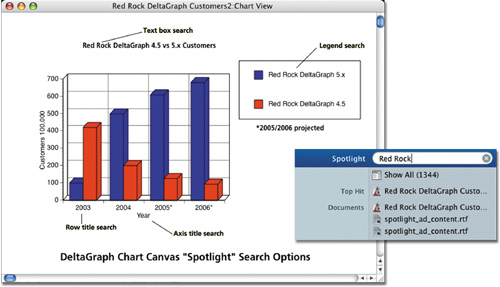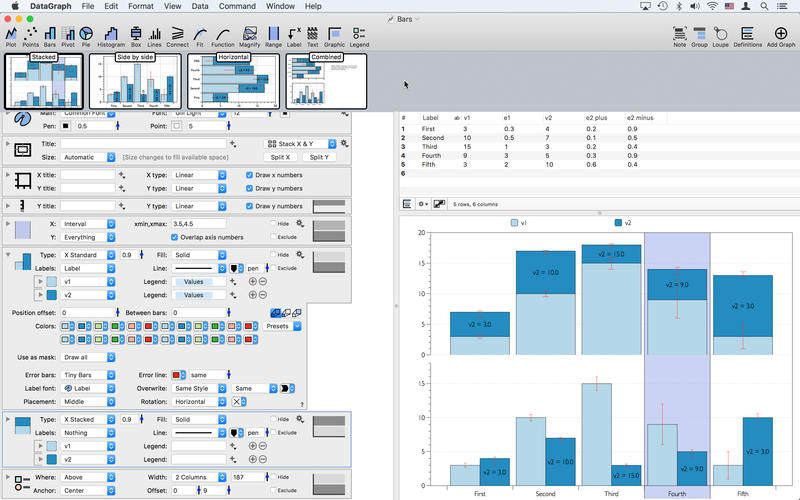
The expected frequency increases by every layer with the Experience layer being the layer with the highest frequency of change. The figure above illustrates the different frequency of change at the System, Process, and Experience layer. Changes happen most often at Experience Layer This speed of delivery is also supported by the completeness of the Anypoint toolchain around API specification and implementation. As a result, Experience APIs can be built quickly by reusing Process APIs.
DELTAGRAPH SOFTWARE FREE
This separation of concerns makes Process APIs reusable across various digital channels by keeping them free of any channel-specific logic. This separation is enforced by the API contracts of the underlying channel-agnostic Process APIs. The fundamental idea behind Experience APIs is the separation of the logic needed to tailor data for a digital channel from the general integration logic. Looking at MuleSoft, API-led connectivity addresses the same challenge via an architectural approach: the introduction of architectural layers with one dedicated layer capturing the specifics of digital channels (Experience APIs).

With Anypoint DataGraph these consuming applications can specify their need in the API call to the DataGraph endpoint. For example, a mobile application just needs a few fields from a product data set, while a web portal needs more information to deliver a holistic view. Read reports DataGraph in context of API-led connectivityĪnypoint DataGraph drives consumability of APIs by providing a capability to tailor data for the needs of a digital channel. As a result, consumers can create new connected experiences by querying across the underlying APIs without needing to understand all of the relationships or specific capabilities that exist within them. In summary, API providers now have a standardized way to collaborate on building a holistic view of information. DataGraph enables you to connect those graphs into one unified schema that runs as a single GraphQL endpoint and contains and links all of the fields defined within all of your APIs. Every time you add a new API to your application network, Anypoint Platform stores it as a graph of metadata. If there is a new API consumer demanding the data in a different way, it can specify its requirements as a GraphQL query without needing to create a new API.Īnypoint DataGraph leverages GraphQL to enhance the consume-ability of APIs. For example, instead of exposing several APIs to provide individually tailored product data to API consumers, just one GraphQL endpoint is required. Thus, only the data that is needed is moved over the network and the consuming application does not need to filter, sort, or join data.įrom an API provider perspective, GraphQL standardizes the definition of an API that fulfills the needs of multiple consumers and use cases. Flexibility of consumption is enhanced, as the developers of consuming applications get more control and freedom to define what data they want. These include filtering, sorting, search, pagination, and join operations.

It introduces enhanced query capabilities in a standardized way.

In contrast to REST and SOAP APIs, GraphQL allows every consumer to individually specify what data it needs and how.

It was developed at Facebook and was released publicly in 2015. GraphQL is an open-source data query and manipulation language for APIs. DataGraph is evaluated as a new option to consume APIs compared to REST-based approaches.
DELTAGRAPH SOFTWARE SERIES
This is the first blog in a series on how Anypoint DataGraph relates to the concept of API-led connectivity.


 0 kommentar(er)
0 kommentar(er)
